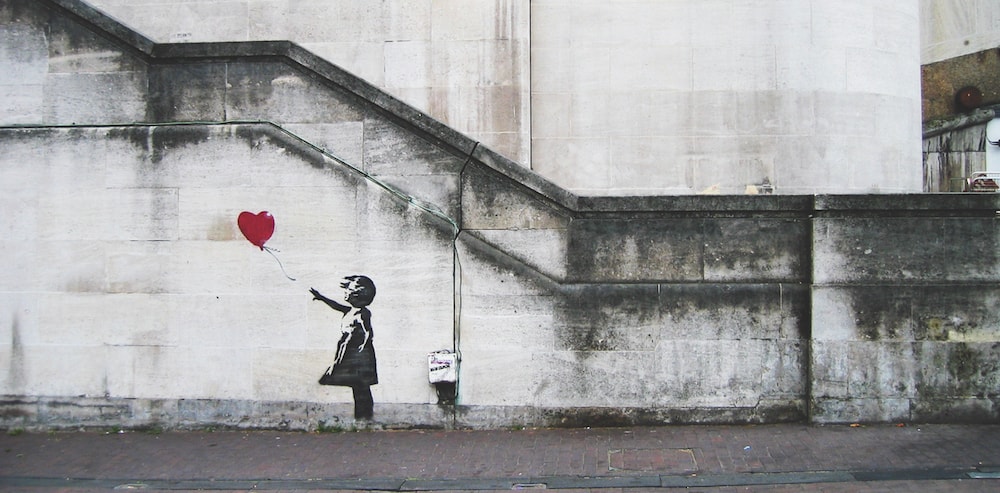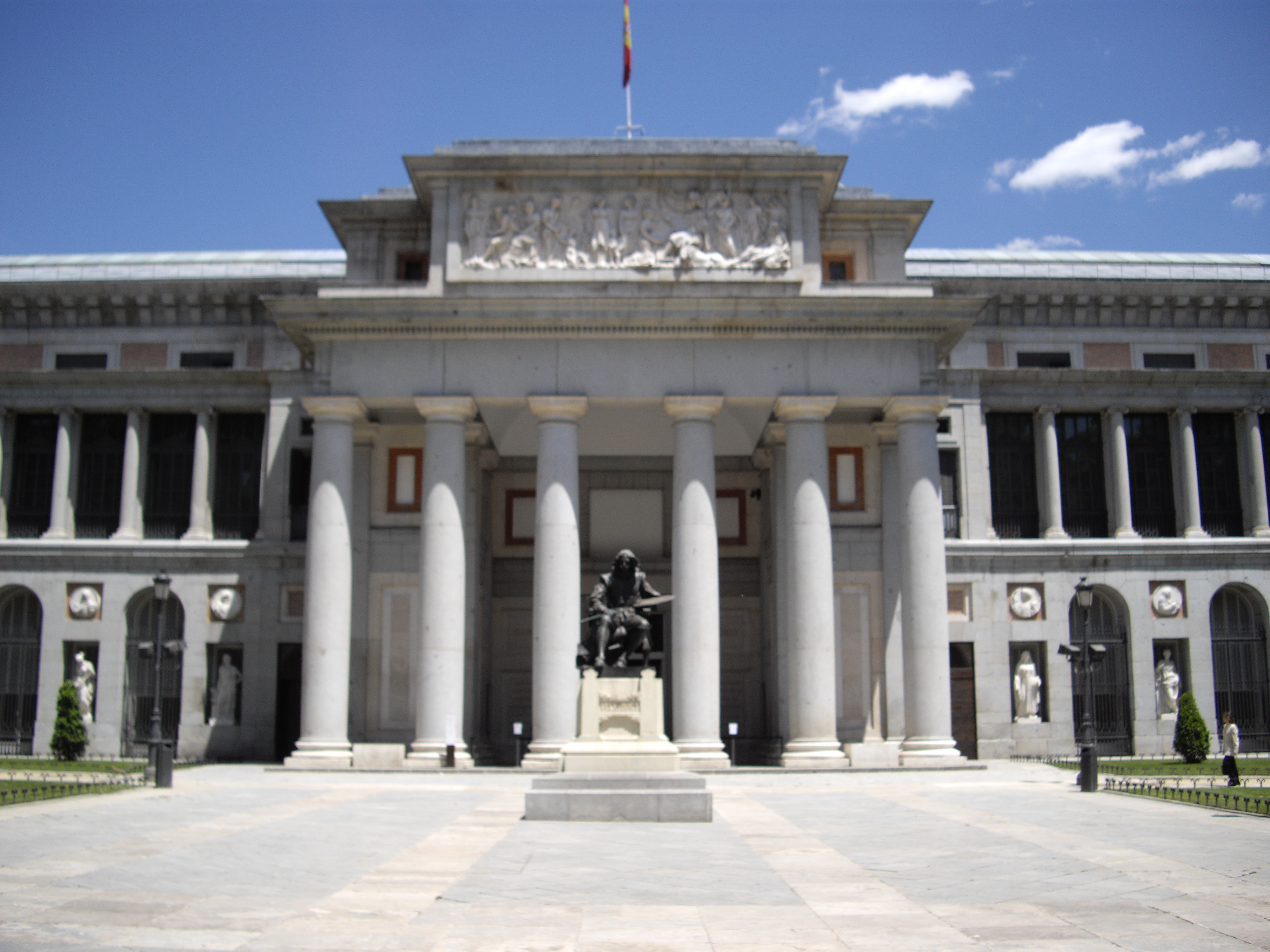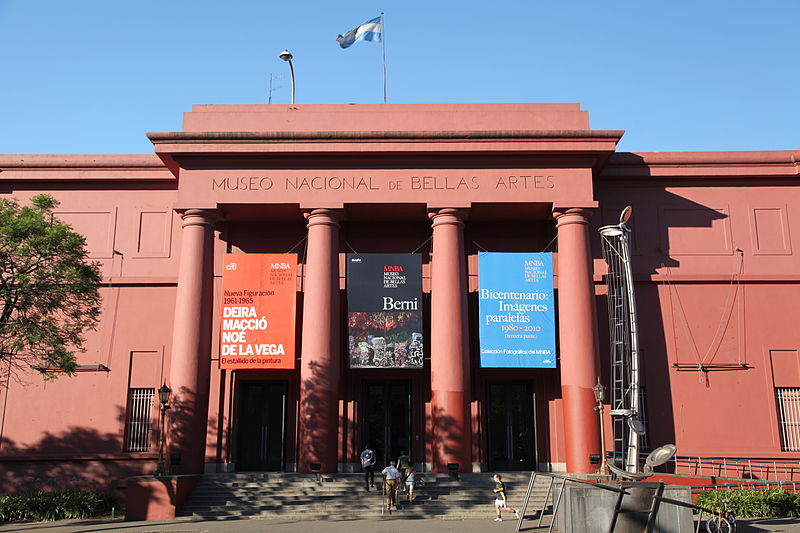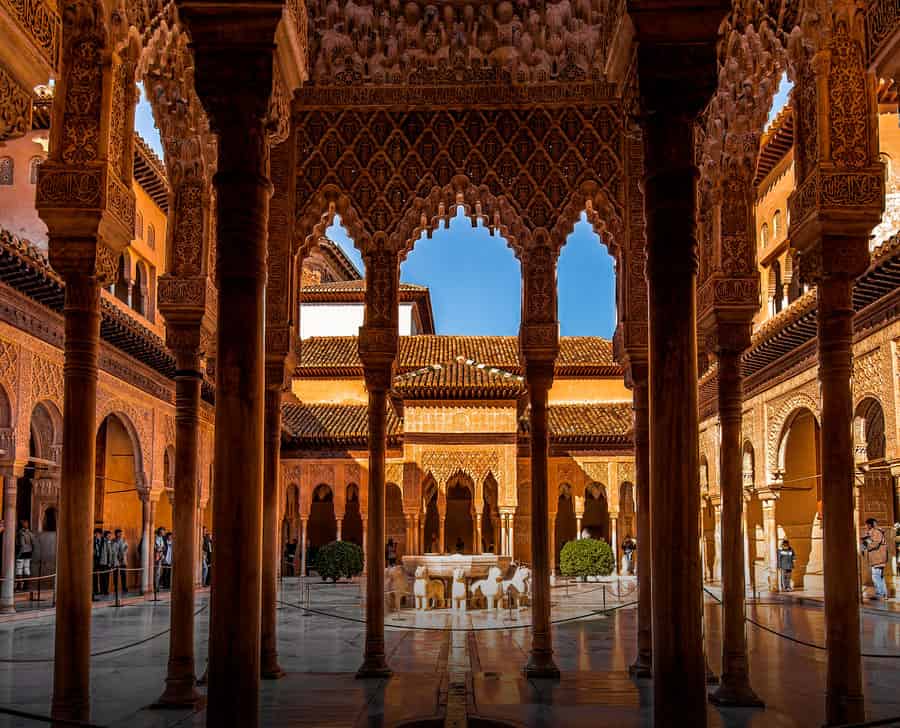3.3 How Communities Value Art
4 min read•january 13, 2023
Victoria Sokol
AP Spanish Language 🇪🇸
54 resourcesSee Units
Unit 3: Influences of Beauty and Art
This unit guide will explore how beauty and art🎨 influences quality of life and values in Spanish-speaking communities.
- How do ideals of beauty and aesthetics influence daily life? / ¿Cómo influyen los ideales/ modelos de belleza y estética en la vida diaria?
- How does art🎨 both challenge and reflect cultural perspectives? / ¿Cómo el arte desafía y a la vez refleja las perspectivas culturales?
- How do communities value beauty and art🎨? / ¿Cómo valoran las comunidades la belleza y el arte?
- How is art🎨 used to record history? / ¿Cómo se usa el arte para documentar la historia?
3.3: How Communities Value Art
When societies feel safe and their basic needs are met, art🎨 springs forth into creation. In this section, we will look at how communities value art and some examples of places where art is most highly valued.
Strive for Five Vocab 🔑🔑
| Palabra clave | English | Descripción |
| El museo | Museum | Un lugar con objetos de importancia históricamente, culturalmente, científicamente, o artísticamente en la sociedad. |
| La exposición | Exhibit | Es cuando hay una serie de objetos que están expuestos para que las personas puedan verlos. |
| Arte callejero | Street art | Es arte que está pintado directamente en las paredes afuera de un edificio. A veces son contratados y otros son más de vandalismo. |
| Fuente de inspiración | Muse | Es donde los artistas se sacan las ideas para hacer su arte. |
| Espectador | Viewer | Es la persona que viene a ver el arte. |
Street Art
Across the world🌎, artists will find big open spaces and beautify them. In Central America, street art is booming. Some items stem from an artistic desire to cover up plain buildings created out of lower-grade materials. Others began as vandalism to make a statement against "the man". Others were decorated by the necessity for advertising or political propaganda.
Finally, other murals were created to display the past or present struggles Hispanic communities face. Communities show that they value street art by permitting its existence through contracting street artists for permitted work and by minimizing legislation against street artists.
The enigmatic street artist Banksy isn't Hispanic, but has garnered international fame for his street art. One piece attributed to Banksy is depicted below.

Museums
Museums began as personal collections of art by the wealthy elite in order to show off the rich purchases they had accumulated. Slowly over time art owners opened their collections to wider and wider audiences. Public institutions began during the Age of Enlightenment💡 in the 17th and 18th centuries. Now, public museums can be found all across the world; some are even digitizing their collections for those who cannot travel✈️ to see the works of art in person. Below are a few examples of notable museums in the Spanish-speaking world.
Museo Nacional del Prado in Madrid, España🇪🇸 opened to the public on November 19th, 1819. The building's first purpose was to hold the National History Cabinet but was transformed into the Royal Museum of Painting🎨 and Sculpture. Throughout history, it changed names a few more times until today where many people simply refer to it as El Prado.
This museum has a large collection of works by Bosch, Titian, El Greco, Rubens, Velázquez, and Goya. Collections inside include paintings about saints, the New Testament, royal portraits, secular portraits, trades and professions, the Virgin Mary, mythology, the Old Testament, and social realism/everyday life.

Museo Nacional de Bellas Artes in Buenos Aires, Argentina🇦🇷 holds both international masterpieces and a collection of Argentinian art🎨. This museum opened on December 25th, 1895 in a different building and moved to the location pictured below in 1909. The museum's permanent collection has around 688 major works of art and over 12,000 sketches✏️, fragments, potteries🥣, and other minor works of art🎨

Other Historical Sites
La Alhambra de Granada, España🇪🇸 is primarily an alcázar, a fortress, on a hilltop at the edge of the Sierra Nevada mountain range. It was built by the Moors during their 800-year occupation of southern Spain. The fortress includes multiple ornately decorated buildings and gardens within the protective walls. The architecture itself is an artistic feat by including Mudéjar style which is a mixture of Christian✝️ and Islamic☪️ art applied to structures. Even through multiple occupations and transformations, this historical site has been deemed a UNESCO World Heritage Cultural Site and is protected by the United Nations from destruction because of its extraordinary importance to humanity.

Image from Alhambra.org
Browse Study Guides By Unit
👨👩👧Unit 1 – Families in Spanish-Speaking Countries
🗣Unit 2 – Language & Culture in Spanish-Speaking Countries
🎨Unit 3 – Beauty & Art in Spanish-Speaking Countries
🔬Unit 4 – Science & Technology in Spanish-Speaking Countries
🏠Unit 5 – Quality of Life in Spanish-Speaking Countries
💸Unit 6 – Challenges in Spanish-Speaking Countries
🙏Exam Reviews

Fiveable
Resources
© 2023 Fiveable Inc. All rights reserved.